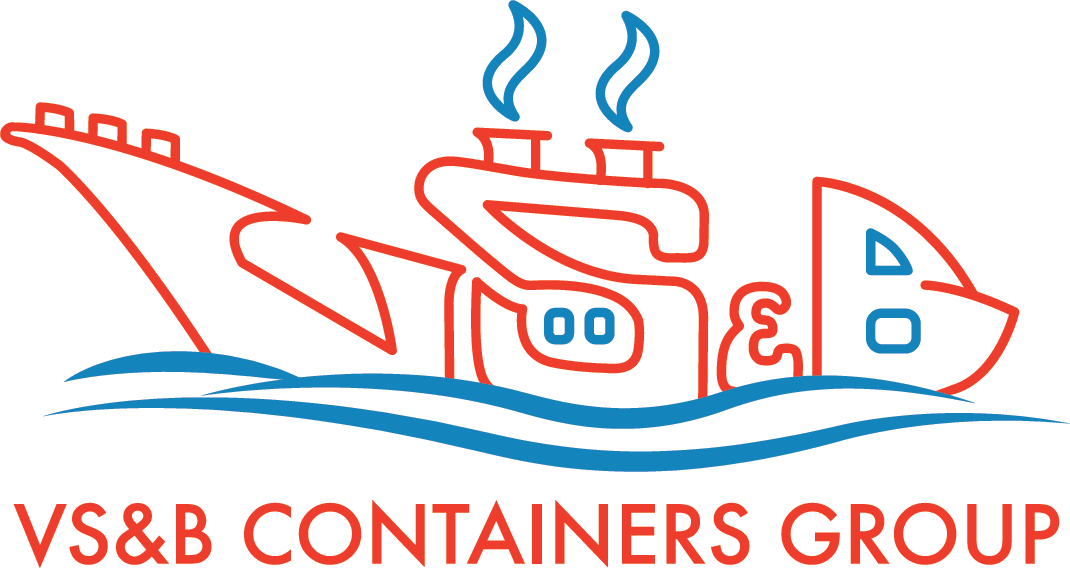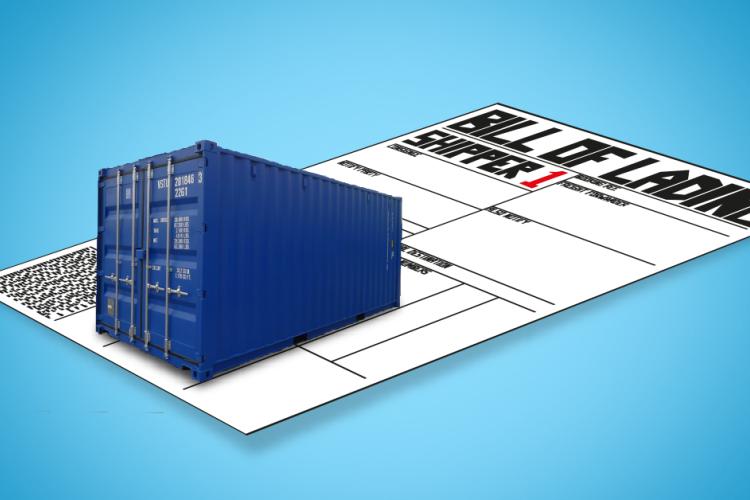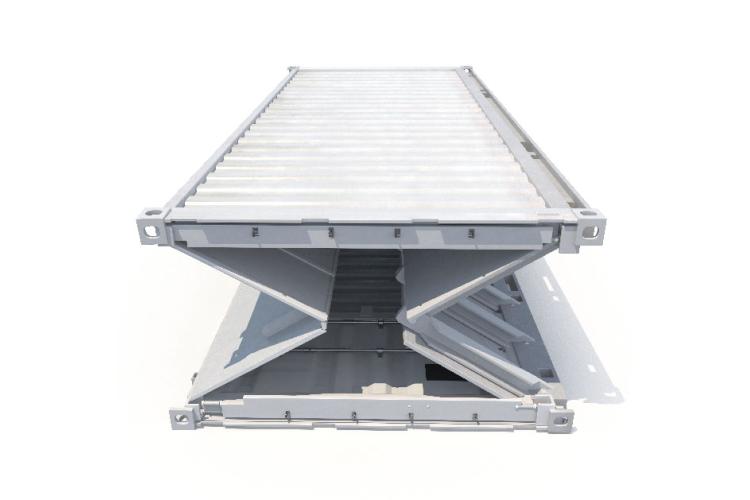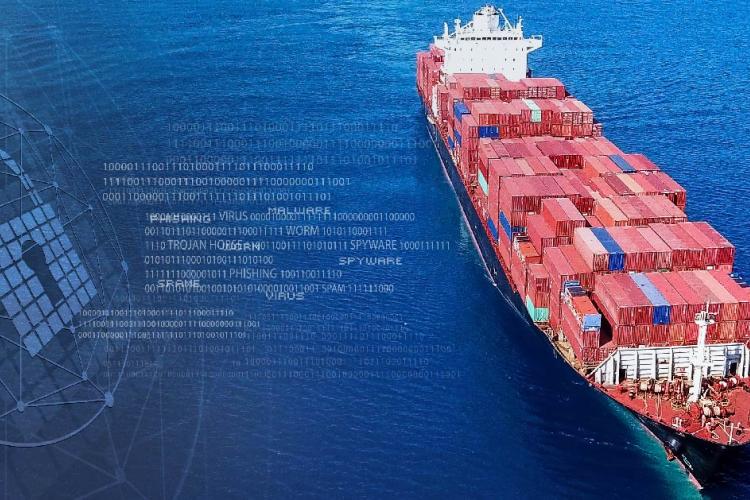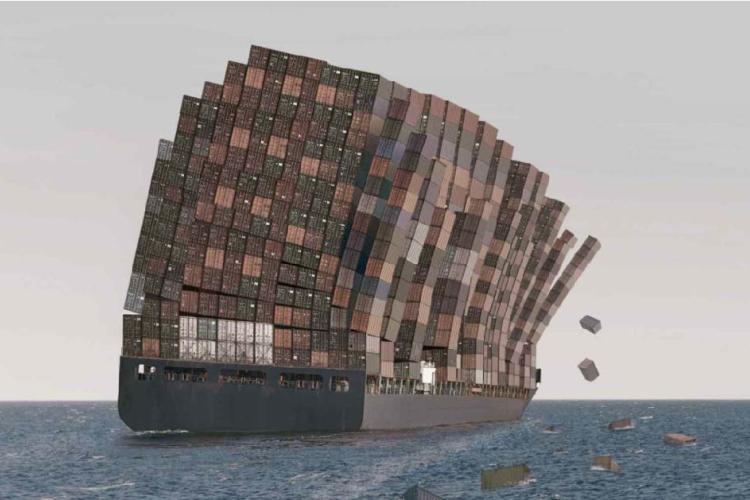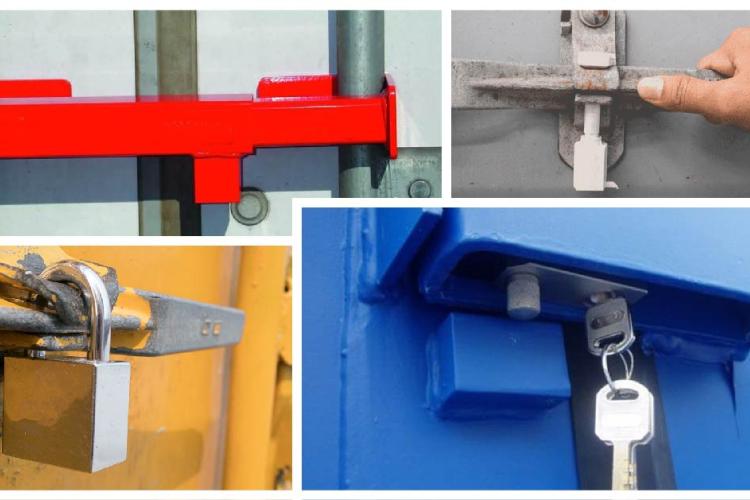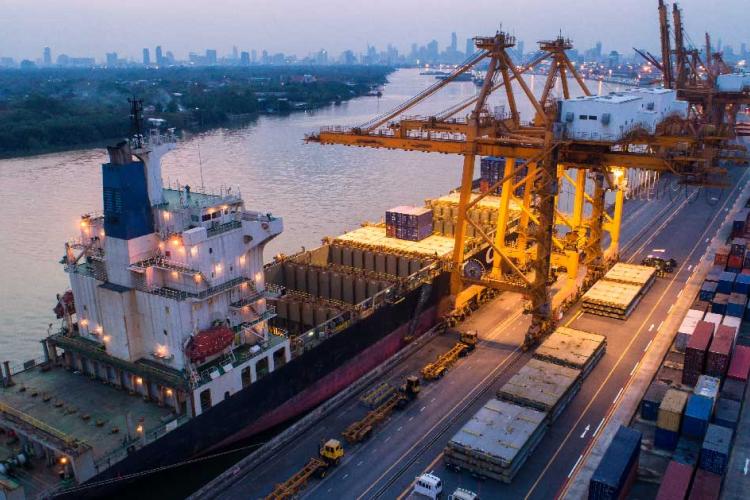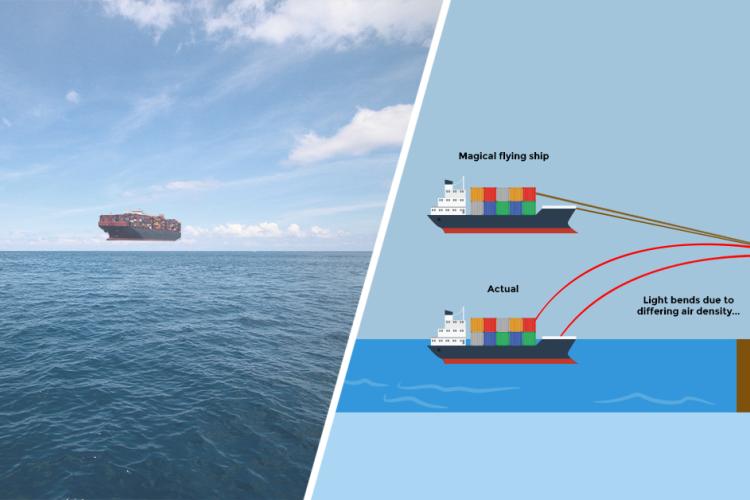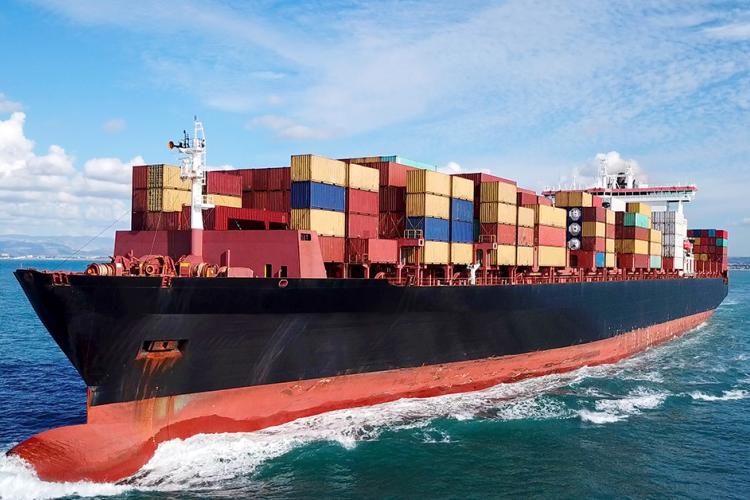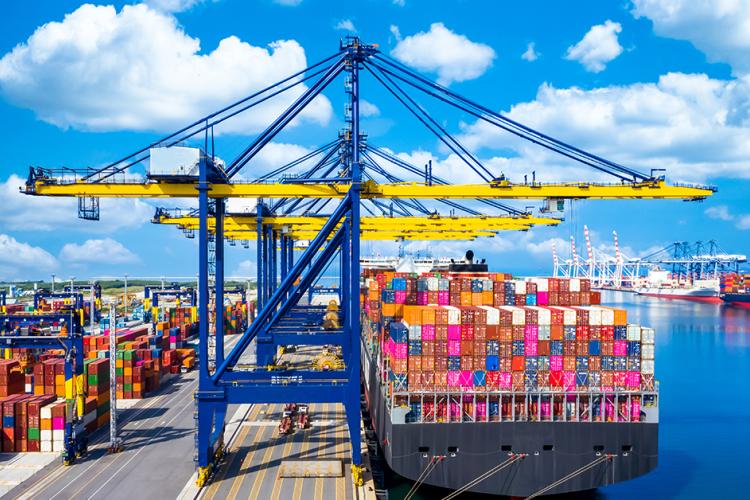30 November 2021
The shipping industry is overwhelmed by increasing costs in repositioning empty containers. What are the viable alternatives by which repositioning costs can be reduced?
29 November 2021
Digitalization of shipping and logistics also brings along growing threats of cyber-attacks on the sector's IT systems. How can the industry deal with such threats squarely and maintain business continuity?
27 November 2021
Precise positioning of containers on board, well-maintained twist locks & lashings together with proactive steps to counter vessel instability arising from sudden and extreme weather can go a long way in reducing the loss of containers in the seas.
12 November 2021
The safety of cargo in containers is often taken for granted, but it is a fact that losses from theft of cargo because of imperfectly secured container doors are a mounting problem. Paying a little more attention and using the right type of container door locks can mitigate the chances of burglaries to a great extent.
2 November 2021
There are time-tested ways to practice higher resilience in the supply chain process and enhance a company's bottom line. Without cutting corners, a business can by-pass unexpected situations and instead concentrate on the core areas of their business.
21 October 2021
It’s an everyday sight to see aircraft flying over the horizon. It’s something one would not give a second look or even raise an eyebrow because airplanes fly, anyway. But how would you feel seeing a gigantic ship suspended mid-air above the oceans? Would you not be wonder-struck thinking how that could ever be possible!? Such a possibility undermines human imagination. Is that a miracle that one may call the eighth wonder of the world or a natural phenomenon behind which there’s an established scientific explanation?
26 September 2021
The COVID-19 pandemic took the world by storm last year and the consequential shutdowns of factories and offices continue to have ramifications today. The emergence of new coronavirus variants is adding to the already crippled supply chains, while events like the accidental Suez Canal blockage in March this year by a giant container ship and its consequences point to the fact that the shipping & logistics industry is yet to regain traction.
22 September 2021
Shipping container vessels abide by stringent safety procedures and time-bound schedules at ports of call. In the course of such port stays, the deck officers shoulder the responsibility of keeping a watch over the loading and discharge of cargo, as well as other activities happening onboard. As we can guess, for deck officers, port stays are often more demanding and stressful than uneventful days at sea.
21 September 2021
Pioneering model novelties in the type of fuel used by shipping vessels to cut down atmospheric pollution, thereby safeguarding our environment and the well-being of our people are among the urgent agendas the International Maritime Organization is working on. Such initiatives should make the industry more sustainable as it navigates the challenging times ahead.
